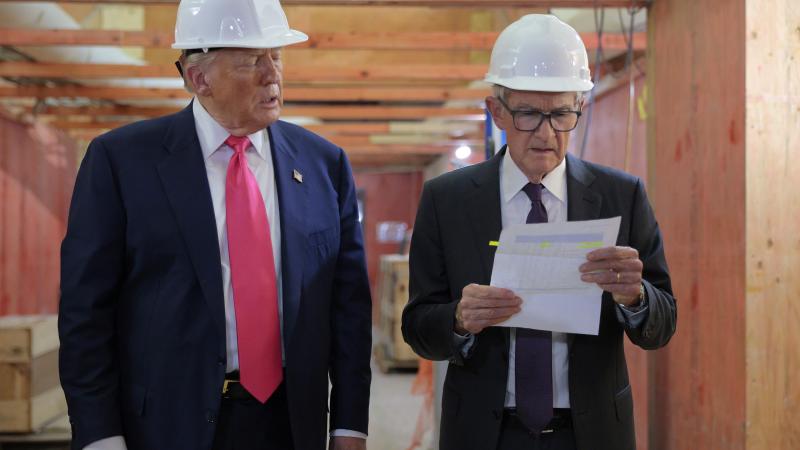Ukrainian troops will spend weeks learning to use latest US rocket system, Pentagon says
Kyiv had been asking for the system to help repel a Russian onslaught that has picked up in recent days in the eastern Donbas region.
Troops in Ukraine will need to spend weeks learning to use the rocket systems that the White House announced as part of a new aid package to Kyiv, the Pentagon said.
"These aren't turnkey; these, of course, are systems that the Ukrainians need to be trained on," said Colin Kahl, undersecretary of defense for policy, at a Wednesday briefing.
The White House announced on Wednesday that the High Mobility Artillery Rocket Systems, known as "HIMARS," are part of the latest U.S. defense package headed for Ukraine. The $700 million package also includes 1,000 Javelin tank-busting missiles, along with 6,000 other anti-armor weapons, as well as 15,000 more rounds for the 155 mm artillery systems already being used in the embattled country.
The HIMARS are a boon to Ukrainian troops as they fight against Russian invaders.
The system can launch six rockets that can accurately hit a target from nearly 45 miles away — a distance that allows soldiers to launch from beyond the reach of much of the Russian howitzer artillery that is being used in Ukraine. The HIMARS are protected with armor to shield the three-man crew from small arms fire.
While waiting for the White House to assign the rocket systems to Ukraine, the Pentagon sent four of the powerful HIMARS to Europe.
"We've already pre-positioned the systems in theater so that we can deliver them expeditiously," Kahl told reporters.
The Pentagon wants to make sure that the soldiers who will use the rocket systems know how to use them.
"We think that'll take around three weeks," Kahl said. "And they need to know not just how to use the systems but of course how to maintain the system. So, think of logistics, maintenance, things like that."
Kyiv had been asking for the system to help repel a Russian onslaught that has picked up in recent days in the eastern Donbas region.
In a video address over the weekend, Ukrainian President Volodymyr Zelensky said the Russians have "concentrated maximum artillery, maximum reserves in Donbas. There are missile strikes and aircraft attacks — everything."
The most pressing situation is in southern Donetsk and Luhansk, Zelensky said in a Tuesday interview with Newsmax. "We're losing 60-100 soldiers per day as killed in action and something around 500 people as wounded in action."
Russia has made incremental progress around Donbas, Kahl said. But, he added: "They have not had a decisive breakthrough. And the Ukrainians are putting up a heck of a fight."
The conflict is a "concentrated artillery duel in the east," he said.
The HIMARS are not too little too late, Kahl said.
"We're not seeing the Ukrainian defenses buckle," he said. "They're hanging on, but it is a grinding fight. We believe that these additional capabilities will arrive in a time frame that's relevant and allow the Ukrainians to very precisely target the types of things they need for the current fight."
The HIMARS systems are defensive, Kahl said, noting that Ukraine has a right to defend its territory.
"They didn't start this war, the Russians did," he said. "And the Russians are on the offensive. If the Ukrainians are pushing them back from Ukrainian territory, so for example, the Ukrainians made a recent push into Kherson. If they push back along the line of contact in the Donbas, we would consider that defensive."
The war began on Feb. 24, when Russian President Vladimir Putin launched what he claimed was a "special operation" inside Ukraine.















